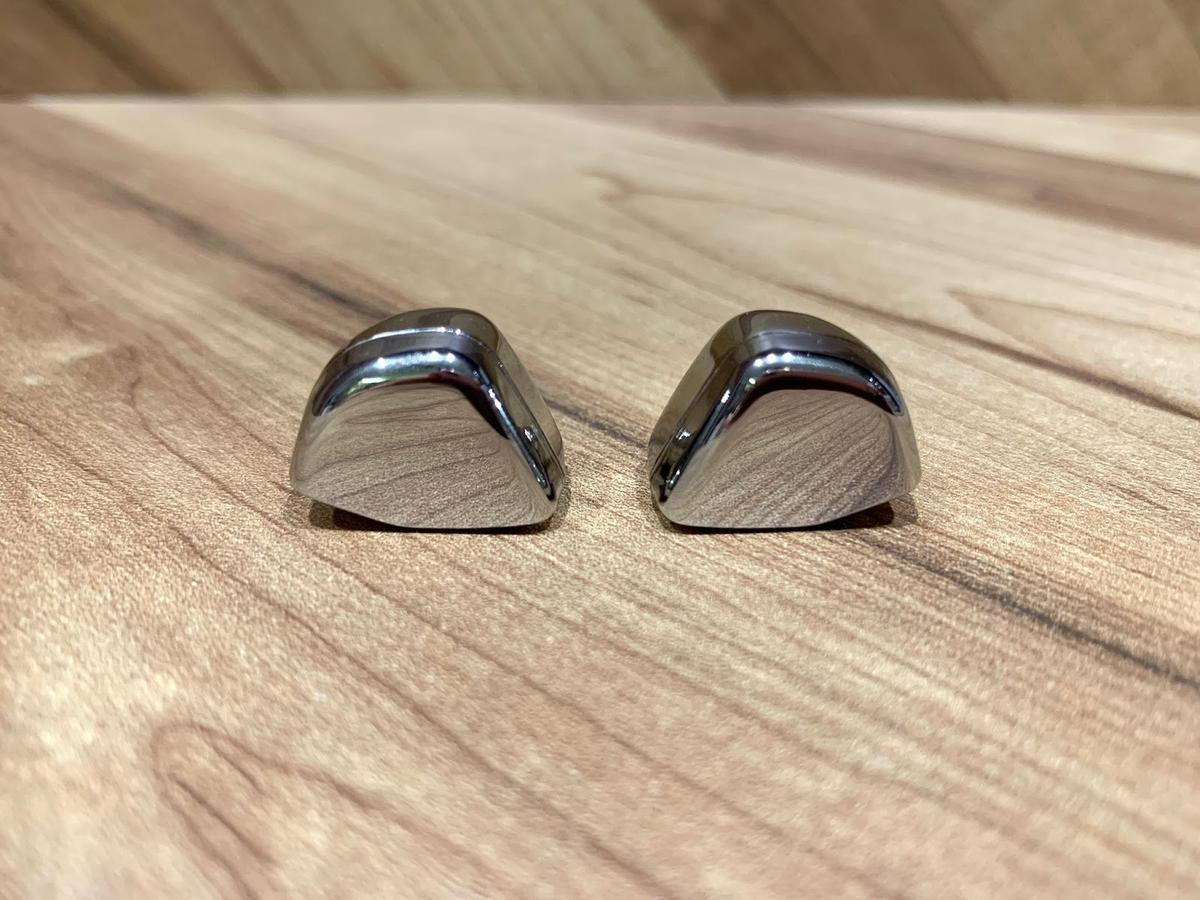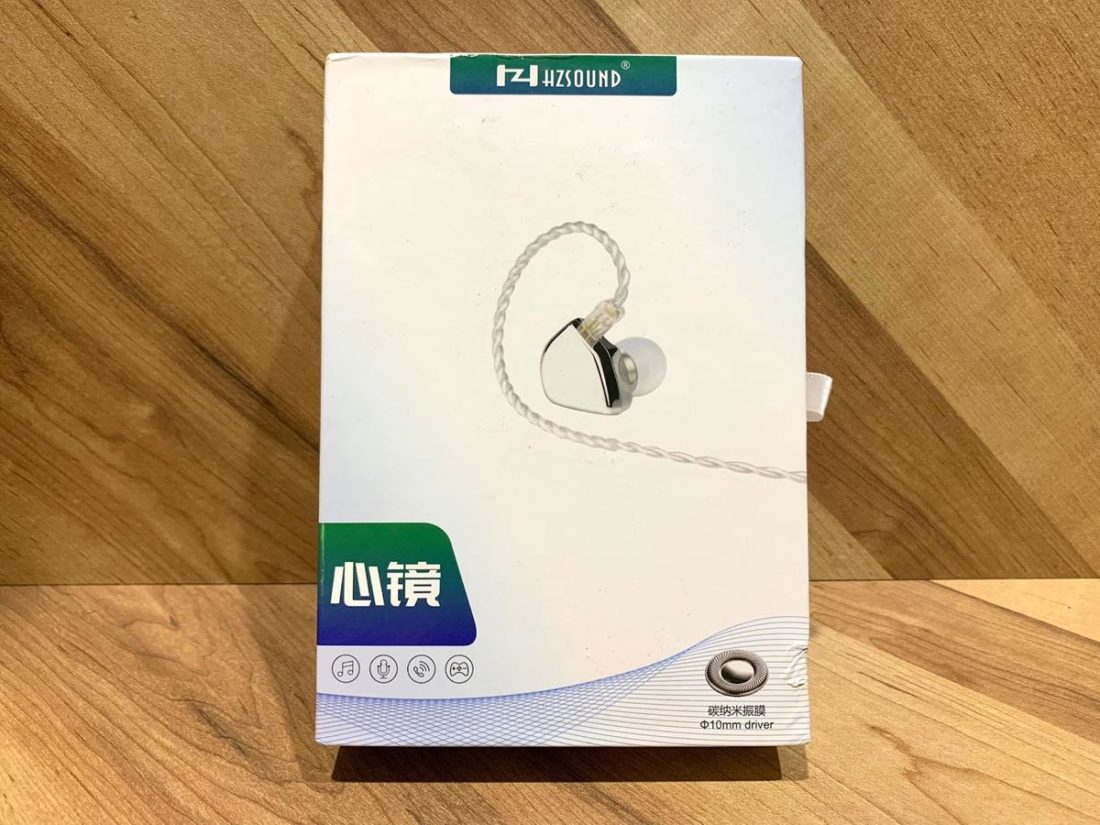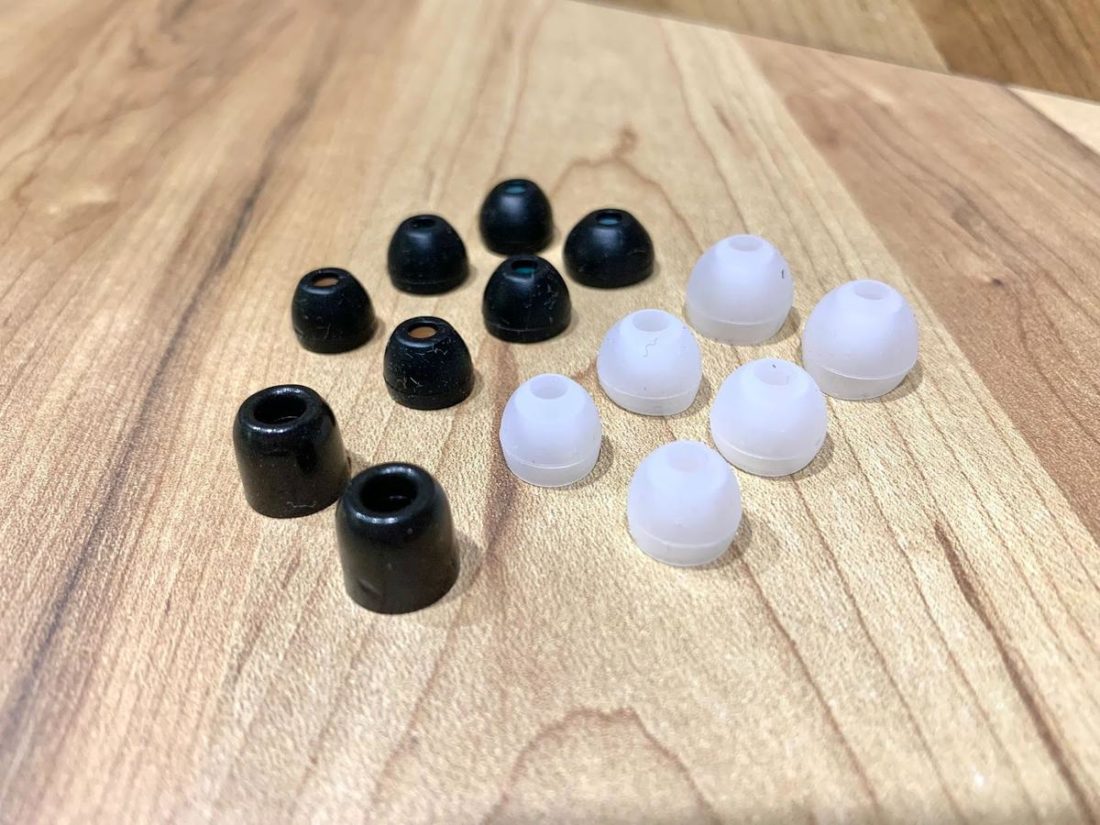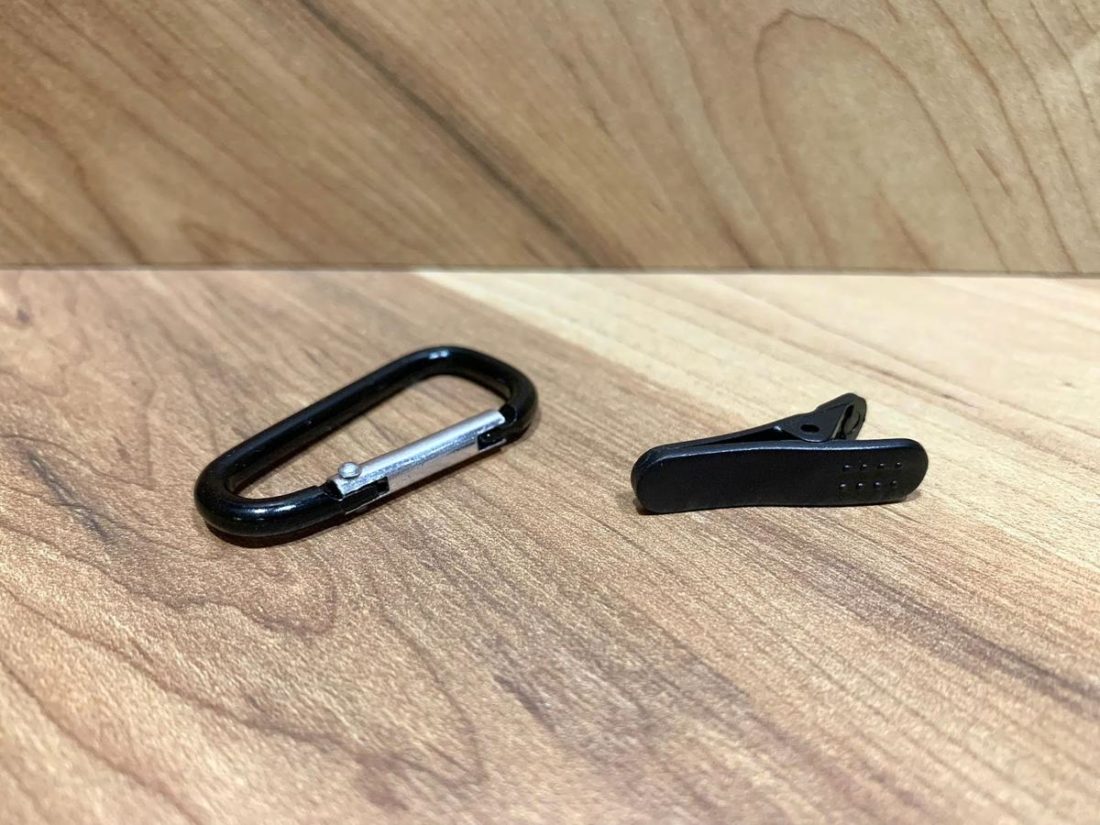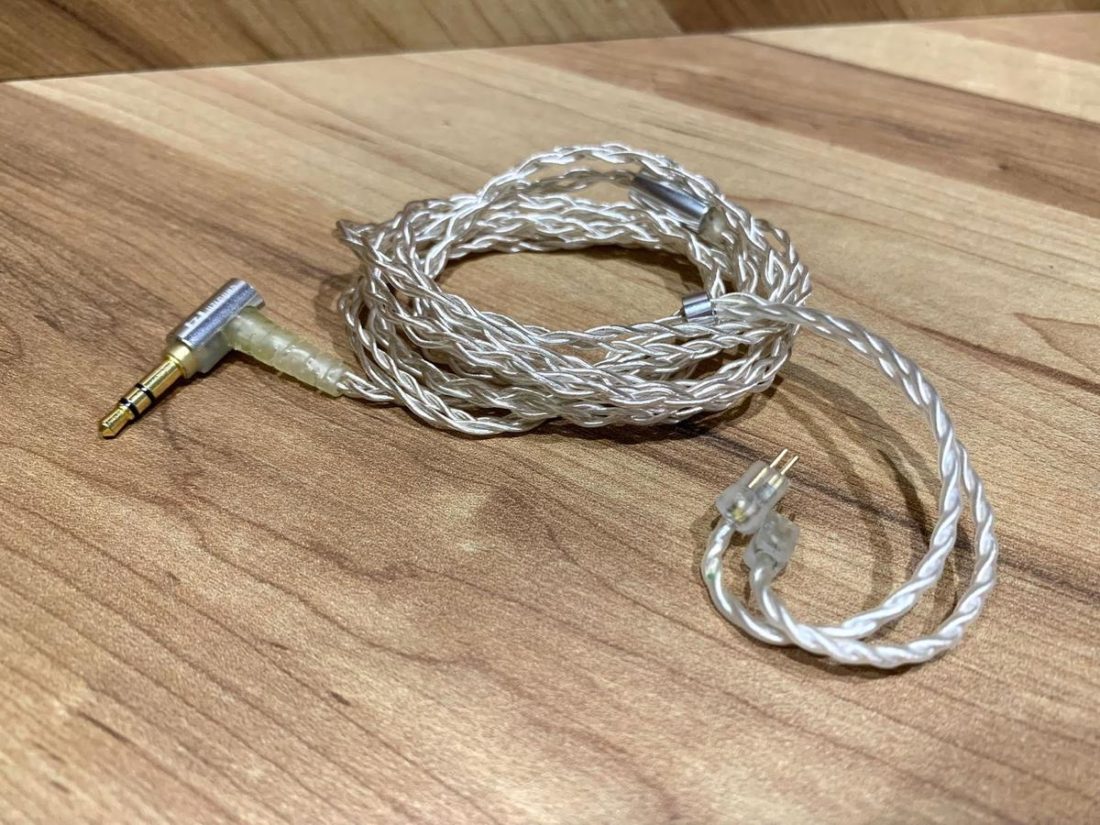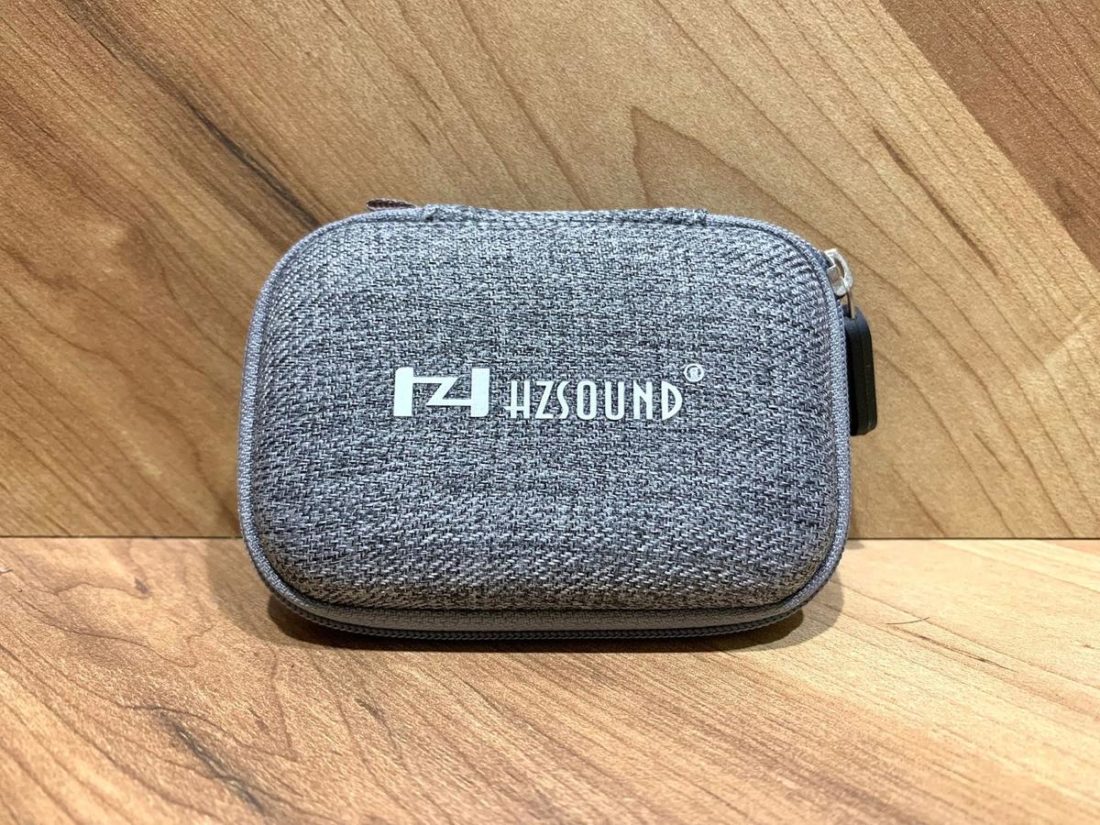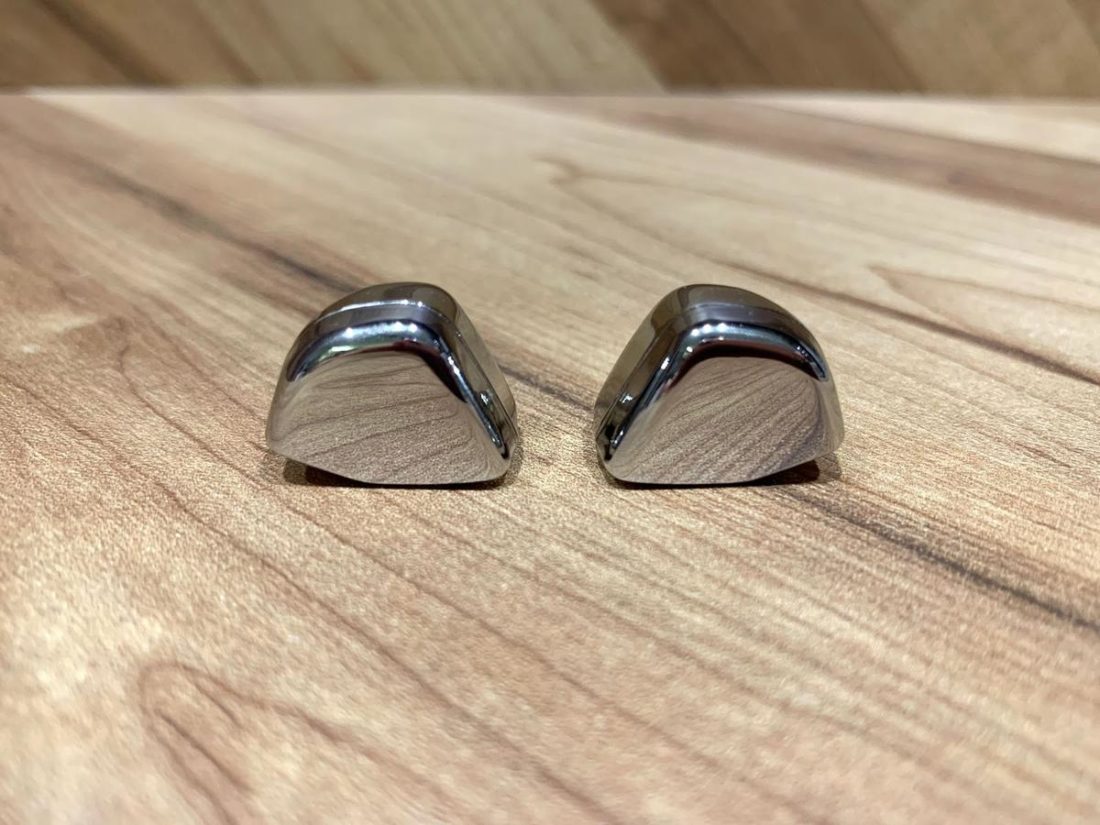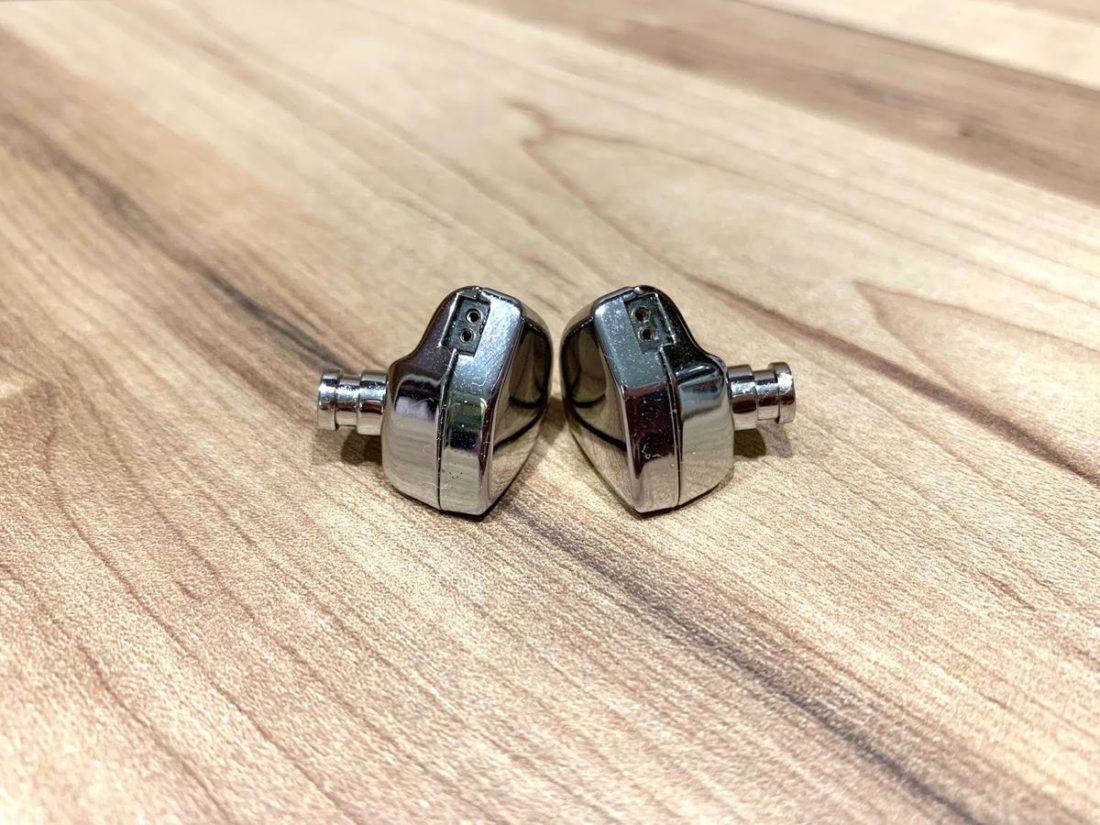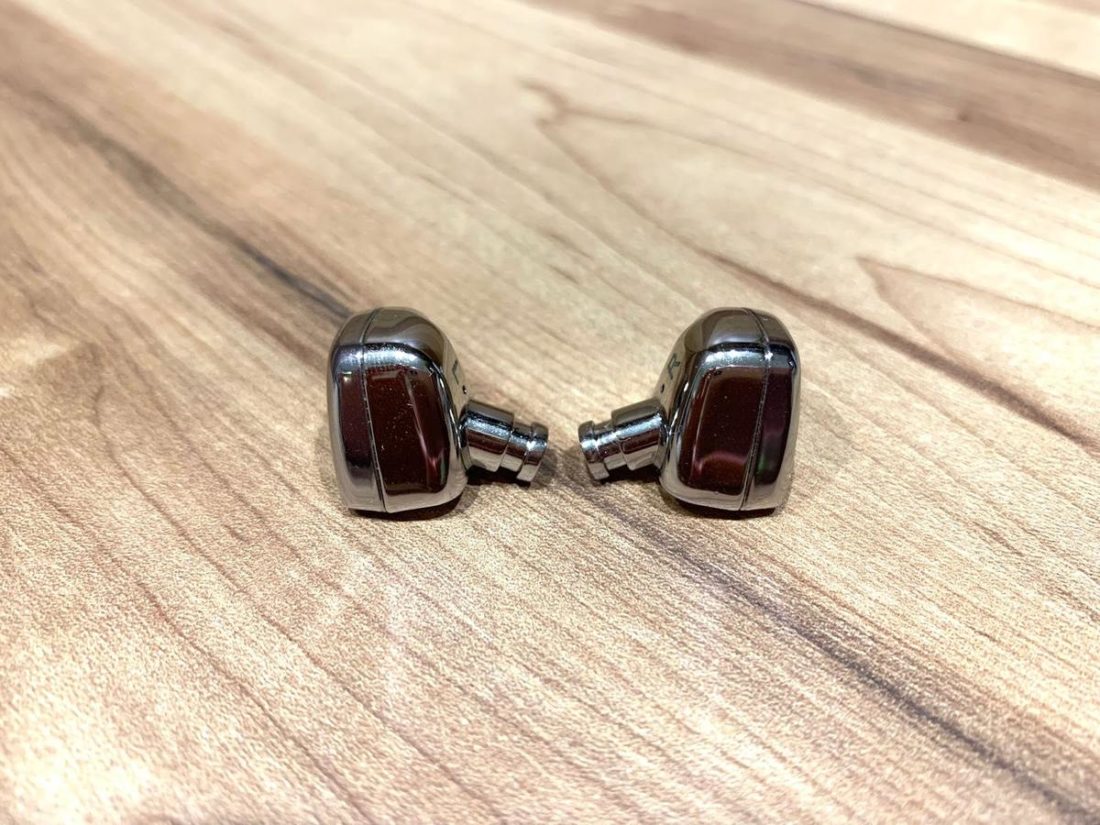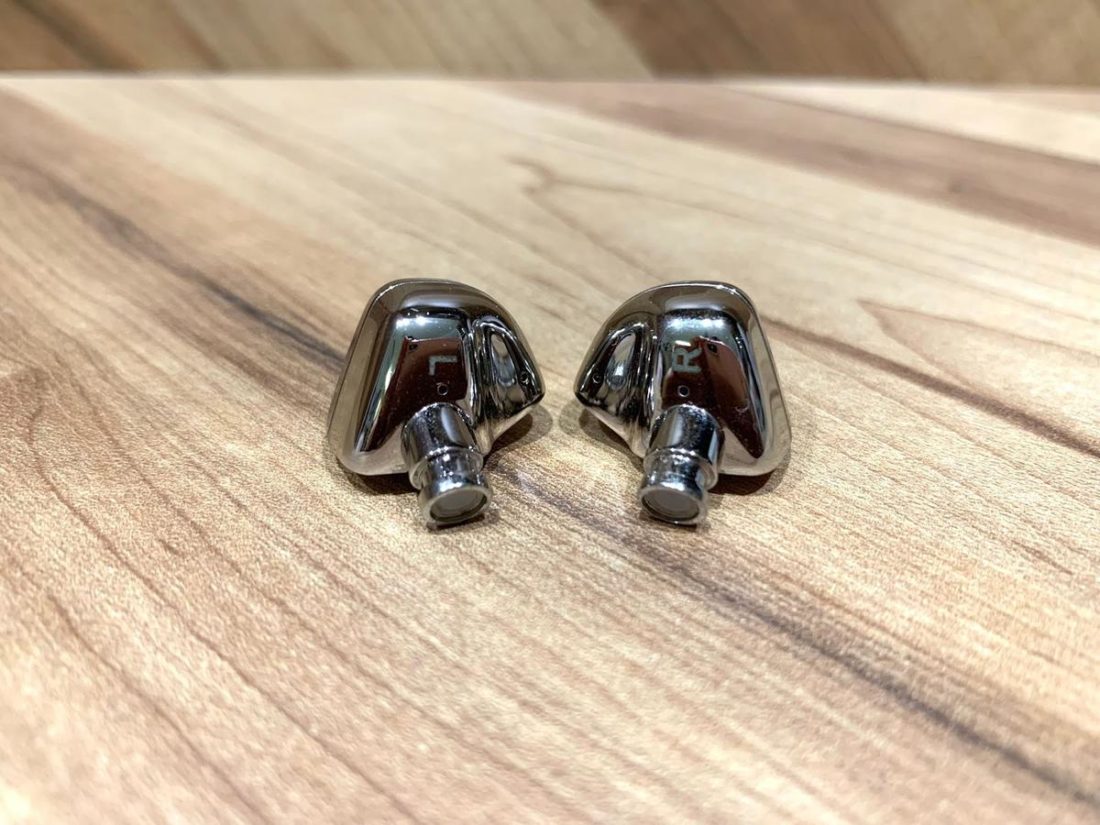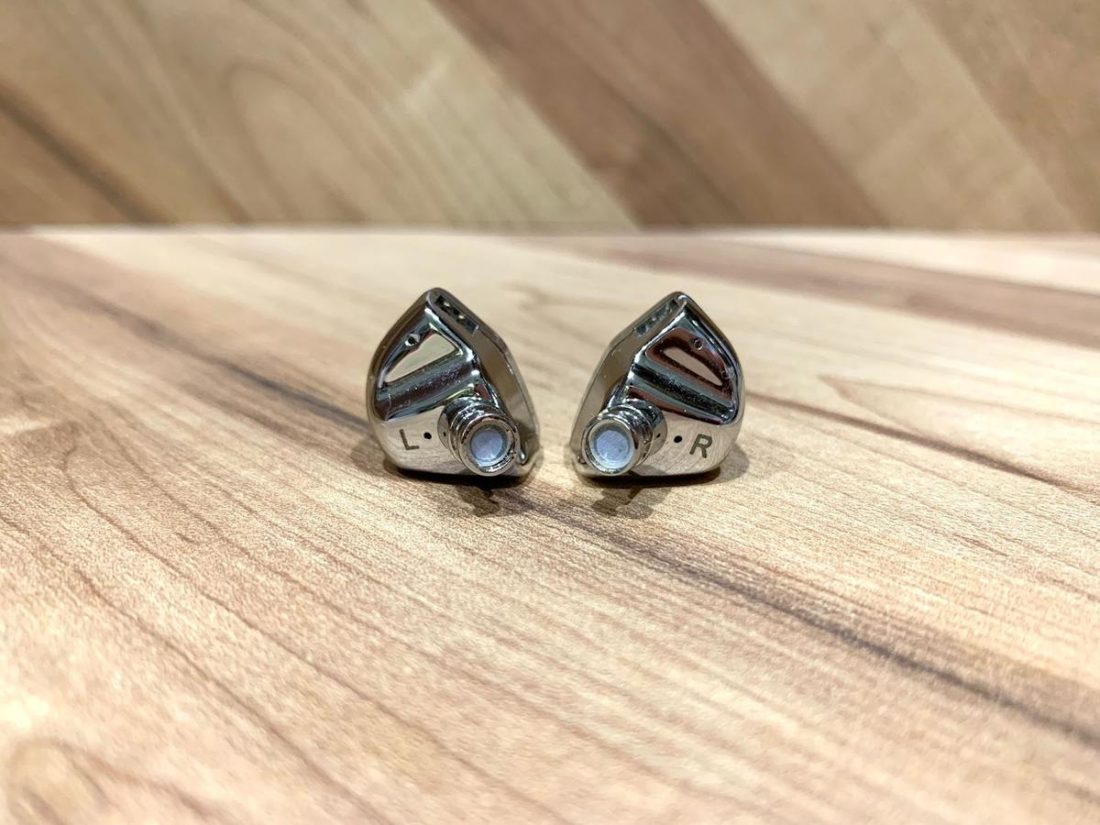In Buddhism, the Mirror of the Heart is a metaphor for a pure heart, and is akin to a mirror that can illuminate all things. As we will read below, the HZSound Heart Mirror are an analytical set that bring great transparency and clarity to the budget CHI-FI table. They actually do illuminate the soul of the music and live up to their name of a Mirror of the Heart.
Company Overview
HZSound’s inception was in 2014. The team features engineers who have more than 10 years of experience in the audio field, formerly working for German, Japanese, and American companies. HZsound launched their first earphone in September 2014 (the HZSound EP001), following up with the HZ3ii, the HZ5, and the HZ5 Pro.
Technical Specifications
Form: IEMs Drivers: 1 x 10mm carbon diaphragm dynamic driver Impedance (Ohm): 32 Ω Sensitivity (dB): 106 dB/mW Frequency Response (Hz): 15 Hz – 40 KHz Removable Cable: Y Cable: OFC silver plated Cup/Shell Plug: 2-pin 0.78 mm Mic: N
Packaging
The Heart Mirror come in a nondescript white box, but the accessories are very generous for the price. I’ve seen plenty of more expensive sets that include stingier accessories!
In the box
HZSound Heart Mirror IEM 6 pairs of silicone ear tips (S, M, L) 1 pair of foam tips Cable Semi-rigid case Carabiner Shirt clip
The white silicone tips are stiffer with a longer nozzle, whereas the black ones are flimsier with a shorter bore. The black colored tips look and feel suspiciously similar to the Final Audio E black tips, except without the grooves on the stem, and indeed they function in a similar way by tightening the bass and taming the treble. The foam tips tame the treble and provide better isolation, though I am not really a fan of foam tips in general, due to being less durable than silicone tips.
Cable
The included cable is silver-plated OFC. It has minimal microphonics, does not tangle easily, and is quite good in my opinion.
Case
The included case, while not the best looking, is very functional. It is made of a cloth material and has an internal webbing to hold accessories.
Design
The Heart Mirror have beautiful metal shells with a mirror-like finish, as per their namesake. HZSound says each shell is die-casted and cut from a high-precision surface mold. Each housing is then electroplated and polished by skilled workers. Isolation on the HZSound Heart Mirror is about average, as per most vented DD sets. In terms of absolute passive isolation, the Heart Mirror won’t beat some pure BA unvented sets, but they should be adequate for outdoor usage.
Comfort
The Heart Mirror are very ergonomic and comfortable. Despite the metal build, they are very light and do not apply much pressure or weight on the ear. I didn’t experience any driver flex, but driver flex is partially dependent on ear anatomy and the types of tips used, so it is a YMMV situation.
Internals
The Heart Mirror contain 10mm carbon diaphragm dynamic drivers. This set is drivable from lower-powered sources, but they scale well with amping, in terms of dynamics, details, and soundstage. On a weak source, the Heart Mirror sound merely meh, and you are doing the sound an injustice if you are not giving the Heart Mirror adequate juice. Since the Heart Mirror feature a thinner note weight, my personal preference is to pair them with a warmer source, to give some meat on the bones, so to speak.
HZSound Heart Mirror Sound
In terms of tonality, the final Heart Mirror are a neutral-bright set. This is rather unique in the sea of harman and V-shaped sets in the budget segment. Technicalities are good for a lower-priced single DD set, and the Heart Mirror’s driver really excels at transients. Clarity, instrument separation, imaging, and micro-details are very good on these IEMs. In general, multi BA/hybrids at a similar price point may still be better for technicalities, but some of these budget multi BA sets suffer from timbral, cross-over, or coherency issues. Timbral accuracy for vocals and acoustic instruments is excellent on the Heart Mirror. The forward upper mids makes this set very good for vocal lovers. Unfortunately, the HZSound Heart Mirror’s soundstage isn’t the best, with the soundstage being deep but only about average in width and height when not amped. Thankfully, the soundstage improves with amplification. Different aftermarket eartips may also help to some extent for the soundstage, so do try tiprolling.
Bass
Bass on the Heart Mirror is neutral and descends linearly from the mid-bass to the sub-bass. Sub-bass extension is good, especially when amplification is used, but this is tip dependent to some extent too. The mid-bass area does lack punch in bass-forward music. This is evident in EDM or hip hop, and I do not recommend the Heart Mirror for these genres. Bassheads may find the bass quantity anemic on this set, but the bass quality is (thankfully) good. Bass is textured and fast, with no mid-bass bleed. The driver on the Heart Mirror takes to bass EQ very well, without much distortion, so it is no biggie for our basshead brethren to boost the bass, if needed.
Midrange
The lower midrange continues on from the neutral bass response, with the upper mids having a boost to give vocals good clarity. Vocals are a treat on this set; vocal nuances, details and timbre all shine through. The entire midrange is very transparent, in keeping with the namesake, letting one analyze the music for critical listening. Female vocals are slightly more forward than male vocals, with instruments taking a backseat. There’s a slight 4 kHz dip to balance the upper mids and prevent this set from going into overtly shouty territory. On rare occasions, the upper mids can get shouty with poorly recorded material or when pumping up the volume a lot (Fletcher Munson curve). Upper midrange perception is also dependent on ear anatomy (which influences pinna gain), sources, eartips used, and also hearing health, so this area may also be a YMMV situation.
Treble
Treble extends moderately well with a relatively good amount of air. The Heart Mirror have plenty of micro-details to suit treble heads. Personally, I am treble sensitive, and I appreciate that the high end in the Heart Mirror is well-controlled. Cymbals and high hats are not splashy and sibilance is mild.
Comparisons
I compared the Heart Mirror with some other budget single DD sets. Hybrids and pure BA sets were left out of the comparison as the different transducers have their own pros and cons. So mirror mirror on the wall, who’s the fairest of them all?
Vs. Tin HIFI T2 Evo
Both the Heart Mirror and the T2 Evo are tuned neutral bright, with linear bass and boosted upper frequencies. The Heart Mirror have better timbral accuracy with less instances of shoutiness in the upper mids and lower treble. Technicalities are also better on the Heart Mirror. The HZSound Heart Mirror use 2-pin connectors, whereas I had a wonky MMCX connector with my T2 Evo. The Heart Mirror have better isolation and look prettier than the industrial-looking T2 Evo. Accessories are also more generous in the Heart Mirror packaging. The Heart Mirror are more refined than the T2 Evo in almost every department.
Vs. Tin HIFI T2 Plus
The Tin T2 Plus are a well balanced and non-fatiguing U-shaped set and they are the predecessor of the above-mentioned T2 Evo. They have more bass quantity than the Heart Mirror, though the T2 Plus have poorer timbre and technicalities. The T2 Plus have poorer isolation but are easier to drive. The Heart Mirror’s driver is faster for transients, with the Tin T2 Plus having some lingering cymbal decay during splashes and hits. Upper mids on the T2 Plus aren’t as boosted as on the HZSound Heart Mirror, and coupled with the Tin T2 Plus greater bass quantity, they provide a warmer tonality.
Vs. BLON BL-03
The BLON BL-03 are a harmanish-tuned set with a mid-bass hump, with excellent tonality and timbre. The BLON BL-03 are usually cited as one of the go-to recommendations for the budget segment and some even rate them as giant killers. Personally, I find them a very good set, but they are bottlenecked by technical performance and have a poor fit. The BLON BL-03 are bassier and more analogue-sounding than the Heart Mirror, with a thicker note weight. The BLON BL-03 have boomy and slow bass, compared to the faster and tighter bass on the Heart Mirror. In the technicalities department, the Heart Mirror are much better, perhaps only ceding soundstage to the BLON BL-03. Fit, isolation, build, and accessories are better on the Heart Mirror as well.
Vs. BLON BL-05s
Compared to the Heart Mirror, the BLON BL-05s are a U-shaped set with more mid-bass quantity. The BL-05s come across as more “fun sounding” and may be more versatile, especially when bass forward music is involved. The Heart Mirror, in contrast, sound more analytical and cold. Timbre and technicalities are better on the Heart Mirror. Both sets have fast single DD drivers but the Heart Mirror wins in transient response speed. The BLON BL-05s have better isolation and less upper midrange boost than the Heart Mirror and they are generally less fatiguing for longer sessions. Both sets do better with amping, but the Heart Mirror scale much more. Unfortunately, the BLON BL-05s driver distorts with higher volumes/EQ. The BLON BL-05s come with worse packaging and a hospital green shell, which can be a deal-breaker for some.
Vs. Moondrop SSR
The Moondrop SSR are tuned diffuse-field neutral with an upper midrange boost. While both have very good technical performance for budget single DD sets, when both are powered well, the Moondrop SSR edges the Heart Mirror slightly in clarity, details, and imaging. Isolation and timbre for acoustic instruments is better on the Heart Mirror. The Moondrop SSR have quite bad sibilance and a thinner note weight. The Moondrop SSR actually sound nice at low volumes, but by pumping up the volume a few dB, the 3 kHz area is very prominent and fatiguing. The Moondrop SSR thus have very polarizing reviews, and some decry them for being shouty.
Where to Buy
Conclusion
Mirror mirror on the wall, are the HZSound Heart Mirror the fairest of them all? The HZSound Heart Mirror are a very well-tuned set, featuring to-die-for vocals, excellent timbre, and wonderful tonality. They also boast fast transients and good technicalities for a budget single DD set. A beautiful shell design and generous accessories round off a very polished pair of IEMs (no pun intended). Despite the brighter tuning, there are only rare instances of shoutiness that typically plague the usual upper-midrange boosted contenders at this price range. I’m glad to report that the HZSound Heart Mirror sound as beautiful as they look. Unfortunately, the Heart Mirror are not perfect. If I were to nitpick, the soundstage lies on the intimate side, and the neutral bass is likely a deal-breaker for bassheads or when primarily listening to bass forward music. In the sea of weekly sidegrade releases that feature a V-shaped or harman tuning, the Heart Mirror certainly stand out with a unique neutral bright sound. They absolutely live up to their namesake of the Mirror of the Heart, illuminating the music and bringing something beautiful and different to the CHI-FI buffet table!
